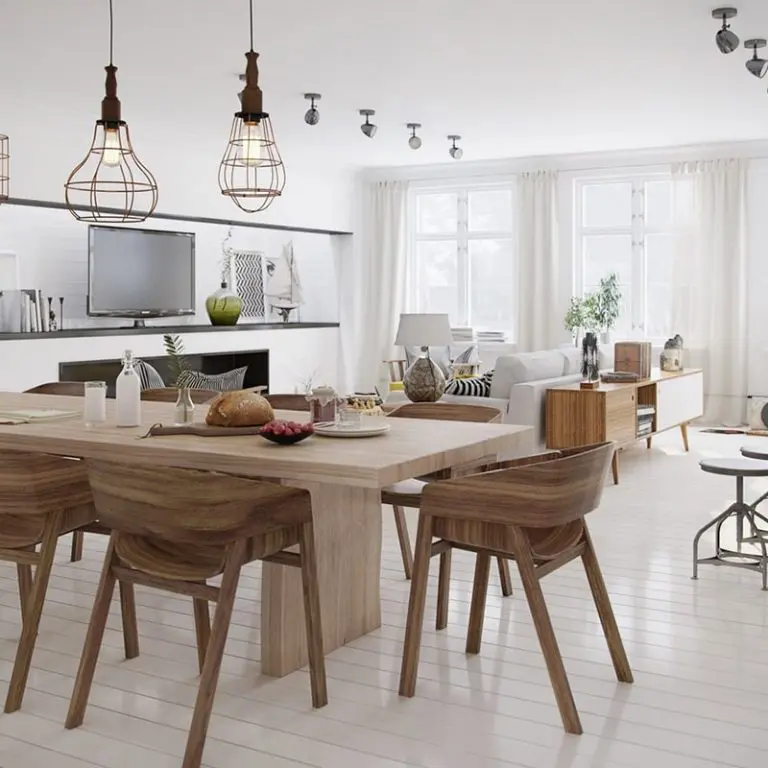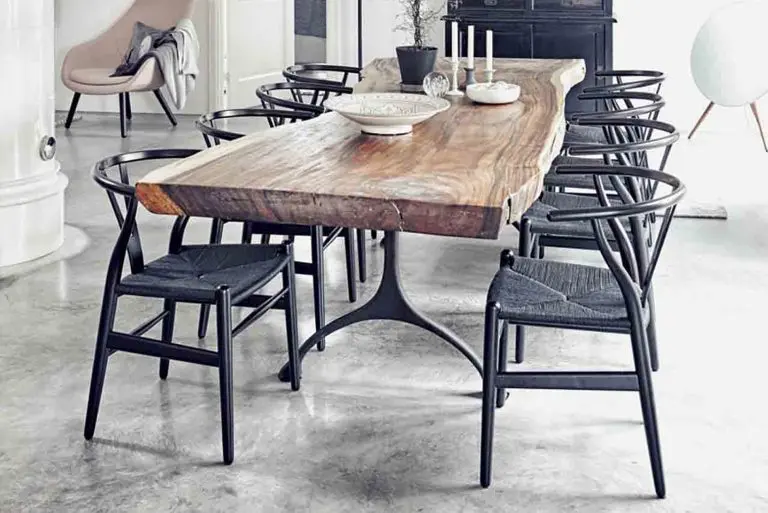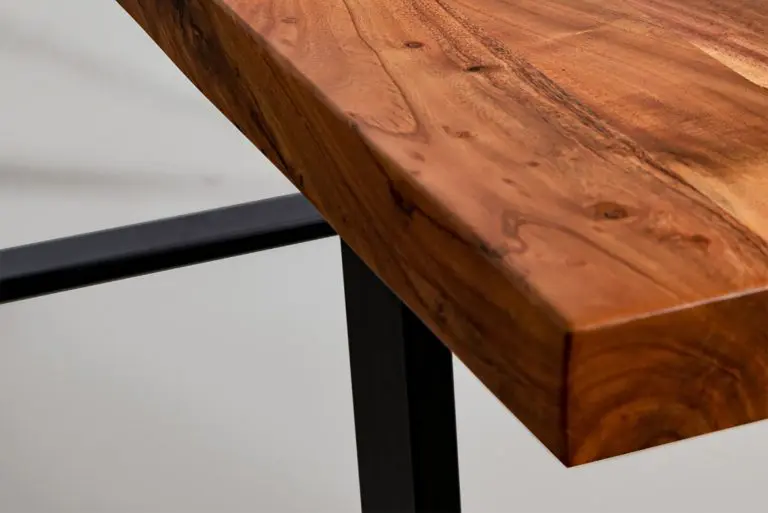No products in the cart.
June 16, 2024 • Style
Acacia is scientific name applied to a huge variety of species of shrubs, bushes and trees, all belonging to the Mimosoideae subfamily of plants. Native to Africa and Australia, acacias tend to be very sturdy and resistant which earned them a prominent place in a number of world mythologies.
However, when it comes to furniture production, the name acacia has been a kind of a buzzword, passed around by sellers and customers alike, leading to its increased popularity, but without deeper understanding of its properties or its suitability for furniture production. This has allowed some marketers to present acacia as a truly exotic, unique and rare species and subsequently inflate the prices. This is why we decided to create this short guide and provide you with everything you need to know about acacia wood furniture.
What Acacia?
As indicated in the beginning, the term acacia doesn’t refer to a single plant, but a subfamily which includes over 1300 species, most of which are native to Australia. Just this facts alone poses a question – when you buy acacia furniture, what exactly are you getting?
As this family of plants includes bushes, shrubs and trees alike, the first distinction we need to make is that between larger tree species which are used for furniture production and smaller ones which can, at best, be used for smaller ornamentation and little details, although this is very uncommon.
But not even all acacia trees are created the same – many of the species native to Africa are very thorny (hence the common name thorntree) and are rather challenging for processing and as such are very rarely used in furniture production. Consequently, only a small percentage of this vast family of plants can actually be processed by craftsmen. But even then, only a smaller percentage can provide truly high-quality furniture.
Acacias from Australia and Oceania
The species from Australia and Oceania are the ones that are most commonly used for furniture production. They appear to be very suitable due to their rapid growth (making them very resistant to depopulation due to human consumption), large trunk size and exceptional sturdiness which allows comparably thin pieces of acacia to support substantial weight. With this in mind it comes as no surprise that native populations of Australia and Oceania frequently used exactly these types of trees, with A. Melanoxylon also known blackwood being the most popular one, for the production of many necessities, including spears, boats and yes, even furniture.
What does Acacia Furniture Looks Like?
Acacia furniture is very specific, but perhaps not as exotic as one might expect for a species that finds its native habitats throughout the plains of Australia and hot forests of islands in Oceania. What is perhaps its most recognisable quality is prominent sweet smell that can linger on even after wood finish has been applied. The visual appeal of the wood will largely depend on the finish applied. When left raw, acacia timber will be of a nice brown shade, somewhat leaning towards the darker side of the spectra with just a hint of red overtones. However, it is especially susceptible for processing.
Different types of finish can cause acacia furniture to appear almost as bright as ash or with certain rarer procedures, as dark as mahogany. So, the appeal of the finished product will be determined in the workshop and in the hands of an experienced craftsman.
Pros and Cons of Acacia Furniture
Despite its exotic origins, acacia is no different from other types of wood when it comes to its properties. While it is somewhat sturdier and more resistant to cracks and breaks than most other types of wood used for furniture production, it still remains within the average range. One often mentioned advantage of the acacia wood is that it contains a significant amount of oils which serve as a natural protection against moisture. As such, it is noticeably more weather resistant than some of the more conventional alternatives.
However, with proper finish and polishing, acacia furniture can bring a truly stunning texture. While the sheer visibility of the wood grain and the prominence of the texture can be matched by some more commonly used types of wood, acacia does come with a very specific and expressive texture. Proper finish can bring out the contrast even further and ensure a truly unique appeal of your acacia furniture.




